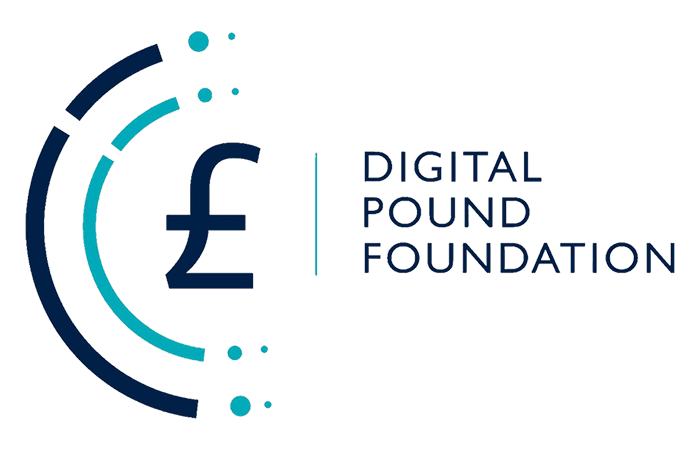The Bank of Korea has taken a significant step forward in its plans to develop a central bank digital currency (CBDC) by narrowing down its choices for pilot testing. According to a report from a local South Korean media outlet, the bank has chosen three regions as candidates for the “private target CBDC test bed”: Jeju, Busan, and Incheon. The country’s capital, Seoul, is not among the selected regions.
As per the report, the central bank aims to conduct regional closed tests of the CBDC in these chosen areas. The testing process will be designed to simulate the issuance and distribution mechanisms of the current local currency schemes in various regions of South Korea. During the COVID-19 pandemic, local currency schemes were introduced as a basic income and relief payment solution. Jeju, Busan, and Incheon, the regions selected for the pilot, currently issue and distribute their own local currencies named “Tamranjeon,” “Dongbaekjeon,” and “Incheon e-Eum,” respectively.
The Bank of Korea’s plan is to ultimately select one of the three regions to carry out further experimentation with payments and distribution at a public level. Additionally, the bank aims to secure franchises and businesses that can accept payments via the CBDC, thereby enabling widespread adoption and usage.
An official at the Bank of Korea emphasised that the CBDC electronic wallet app will not only cater to local residents but also be accessible to a broader audience, including tourists. This highlights the potential of CBDCs to facilitate seamless transactions for both residents and visitors, contributing to the growth of the economy and tourism sector.
The choice of Jeju, Busan, and Incheon as pilot regions was not without careful consideration. In Busan, the number of eligible citizens is reportedly so large that it posed significant challenges for the Bank of Korea. Consequently, the bank was “greatly inclined” to select Jeju, which has the second-largest population among the three candidate regions.
Comparing the local currency schemes to CBDCs, the report indicates that the former has fewer “technical barriers” to overcome. This suggests that the CBDC project may encounter more complexities and challenges in its implementation compared to the existing local currency systems.
In light of these developments, several commercial banks in South Korea have been exploring the possibility of utilising stablecoins as alternatives to CBDCs for the sake of efficiency. Stablecoins are digital currencies that are pegged to stable assets like fiat currencies or commodities, making them less volatile than other cryptocurrencies.
The Bank of Korea’s CBDC pilot program marks a crucial phase in the country’s exploration of digital currencies and their potential to transform the financial landscape. As other nations around the world also explore CBDC initiatives, the outcomes of these pilot tests in South Korea could serve as valuable insights for the future of central bank-issued digital currencies on a global scale.
Source: Cointelegraph
























































